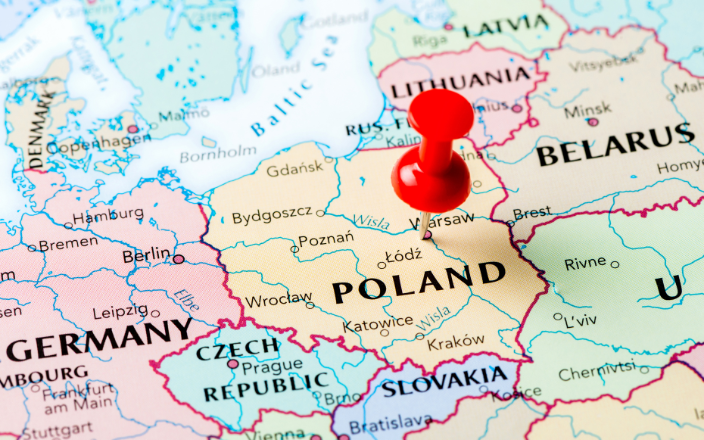In 2024, Poland’s poultry industry has experienced unprecedented growth, solidifying its position as a leading player in the global market. This remarkable achievement is attributed to a combination of favorable market conditions, competitive pricing, and strong demand both within the European Union (EU) and internationally.
Domestic production surge
Poland’s domestic poultry production has seen a significant increase in 2024. According to the Polish Statistical Office, from January to May 2024, domestic poultry meat production exceeded 1.4 million tons, representing a 5.4% increase compared to the same period in 2023. This growth has been driven by a decrease in feed prices, which has positively impacted production profitability.
Export boom
Polish poultry exports have also surged in 2024. Preliminary data from the Ministry of Finance indicates a dynamic increase of 10.5%, reaching 733 thousand tons in exports from January to April 2024 compared to the same period in 2023. The competitive pricing of Polish poultry has made it an attractive option in both EU and non-EU markets, despite the appreciation of the national currency against the euro and the US dollar.
Key markets and regionalization
Poland has successfully expanded its market reach by obtaining regionalization agreements with several key countries, including China, Japan, South Korea, and the USA. These agreements allow Poland to continue exporting poultry even in the event of avian influenza outbreaks, as only the affected regions would face export restrictions. This strategic move has opened up new opportunities for Polish poultry exporters, particularly in Asia.
Challenges and future outlook
Despite the record growth, the Polish poultry industry faces several challenges. The increase in imports of cheaper poultry from Ukraine, which does not adhere to strict EU standards, poses a threat to the competitiveness of Polish products. Additionally, the European Commission’s plans to raise production requirements within the EU without applying the same standards to imported products could further impact the industry.
Moreover, the growing popularity of meat substitutes and the potential decline in per capita meat consumption in the long term may affect future growth prospects. However, the industry’s ability to adapt to changing market conditions and maintain competitive production costs will be crucial in sustaining its growth trajectory.
Conclusion
Poland’s poultry industry has had a record year in 2024, driven by increased domestic production, booming exports, and strategic market expansions. While challenges remain, the industry’s resilience and adaptability position it well for continued success in the global market.
Sources: Available upon request.

